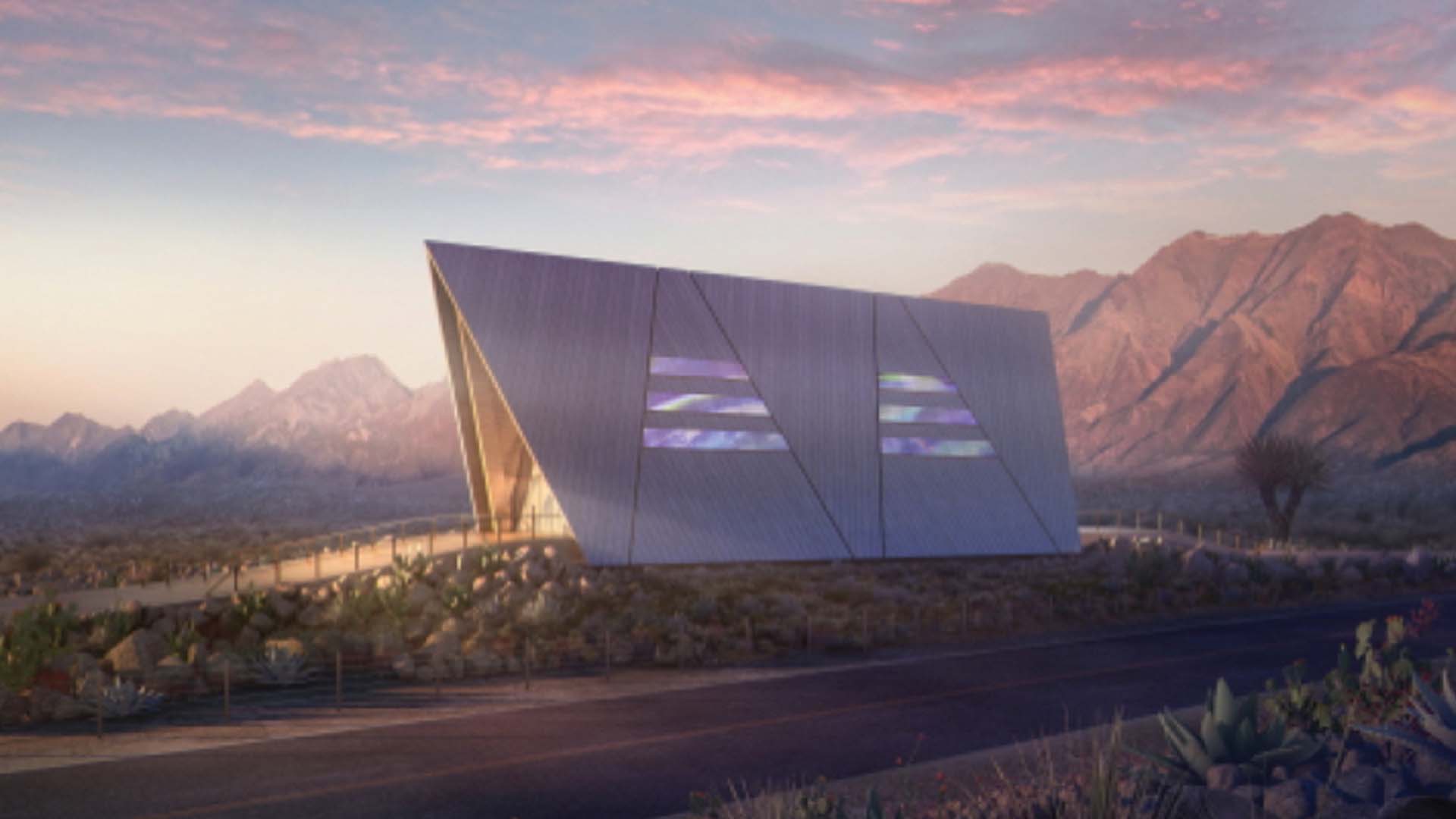The Eielson Air Force Base in Alaska, 110 miles south of the Arctic Circle, is confirmed to host the US Air Force’s first nuclear microreactor power plant. The microreactor of up to 5 MWe could be fully operational as early as 2027.
Eielson currently gets power from its own coal power plant. This power plant typically runs at 13-15 MWe, using up to 800 tonnes of coal each day. The microreactor would supplement the coal with 1-5 MWe of nuclear power, decreasing how much coal is used at the plant.
Microreactors ensure energy resilience and reliability with clean energy, making them especially beneficial for powering and heating remote military bases like Eielson. Because they will be independent of the grid, nuclear microreactors will not be vulnerable to power outages or blackouts, especially crucial at an Air Force base for security reasons. Additionally, the need for reliable electricity at military bases is set to increase due to the growing need for desalinating water, producing hydrogen, supporting the increase of data processing, powering robots, and utilizing electric vehicles. This means that the extra, clean power that a microreactor could provide is more important now than ever.
There is currently one microreactor vendor in the Nuclear Regulatory Committee’s (NRC) licensing process—Oklo Power LLC. The company submitted an application for its 1.5 MWe Aurora design in March 2020. The Aurora powerhouse can save millions of tons of carbon emissions over the fossil fuel alternative and can produce clean energy for decades without needing to refuel. It also has the capacity to turn nuclear waste into clean energy. In addition to the Aurora, other microreactor designs are in development by various companies and organizations, some of which are in pre-licensing relationships with the NRC.

Photo Credit: Oklo
In addition to military bases, microreactors will be able to help in many fields and applications. Their small and mobile nature enables them to be quickly and easily deployed when needed, whether that is for a remote community, a mine, or anywhere that the power grid does not reach the energy demands. For example, organizations like the Nuclear Alternative Project and Idaho National Laboratory are studying advanced reactors and microreactors so that they could be used in emergency response and hospitals in natural disasters where they could allow for a more reliable electricity supply.
Read more about nuclear energy HERE, or stream Tomorrow’s World Today’s four-part exploration of nuclear energy on Science Channel GO and Discovery GO!




